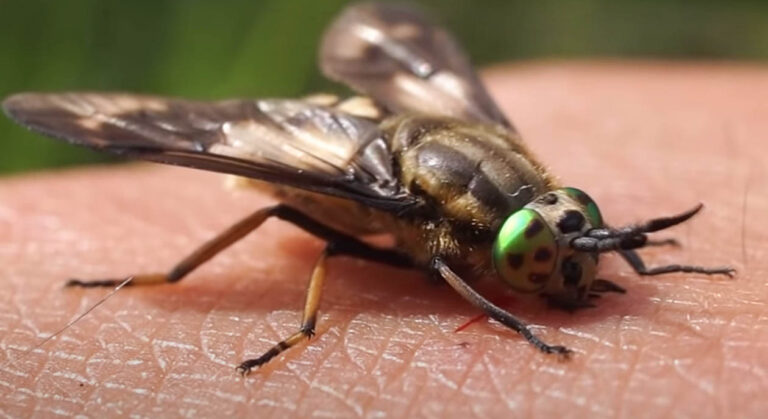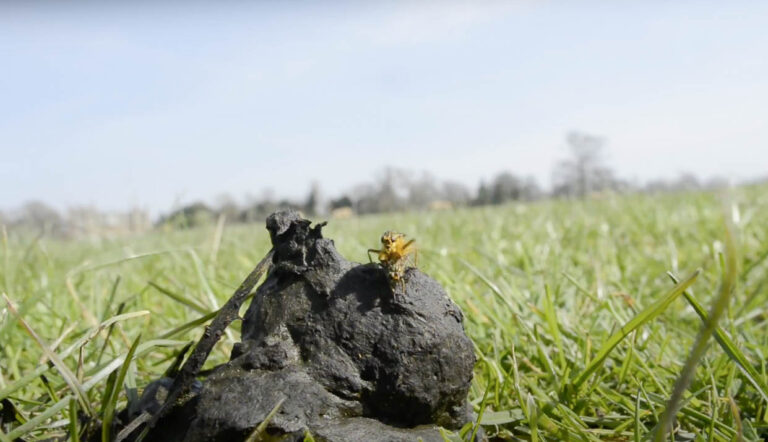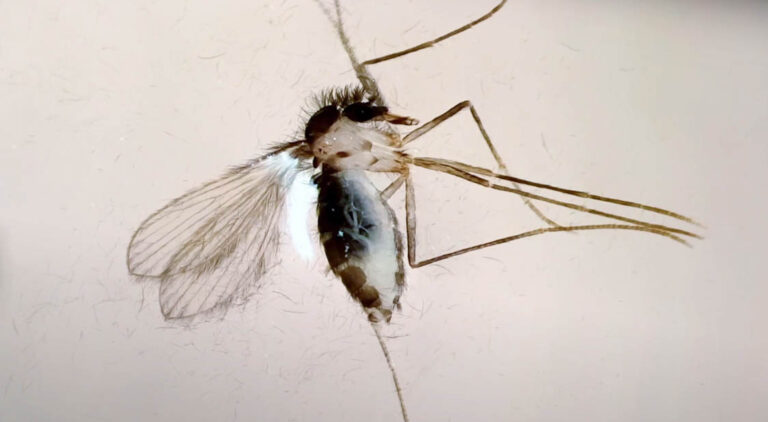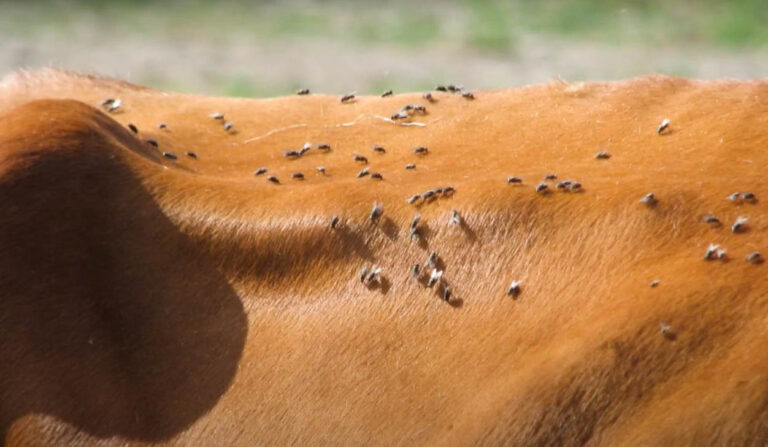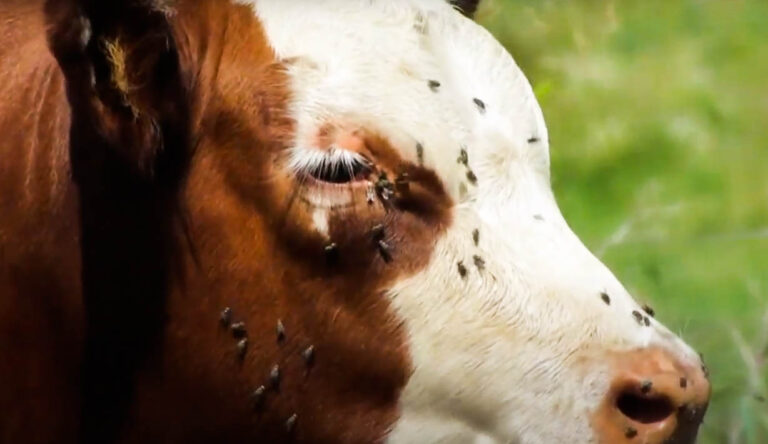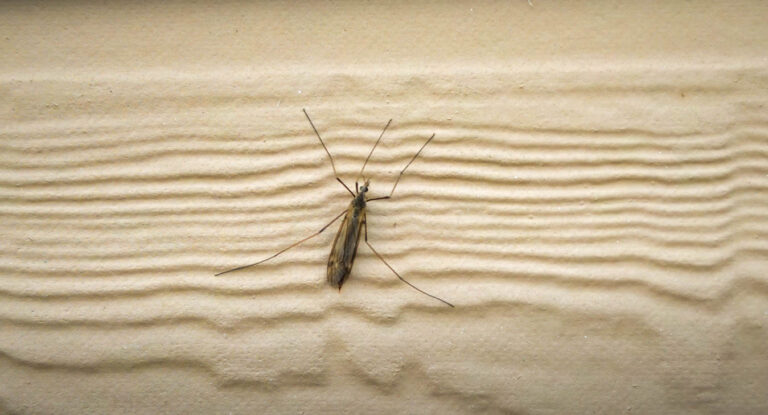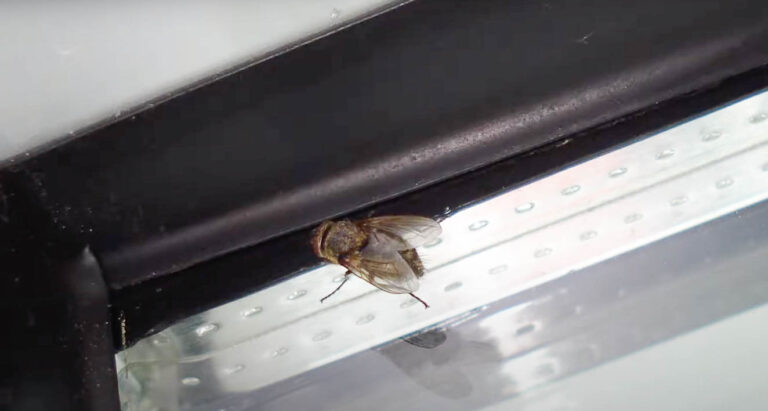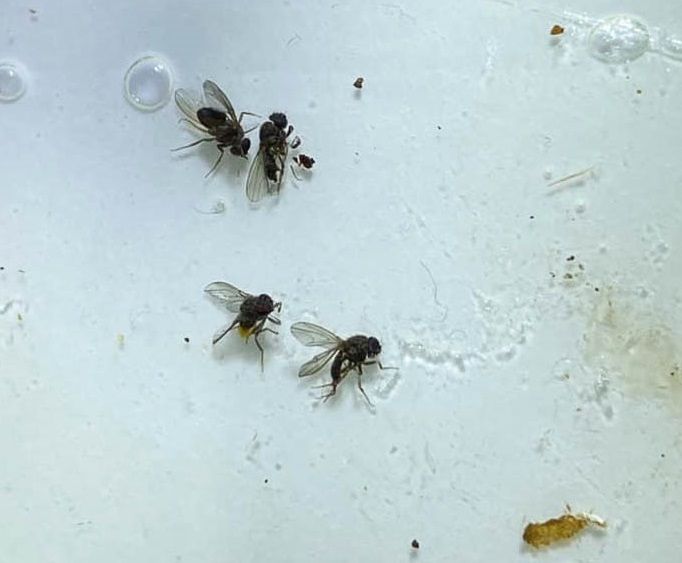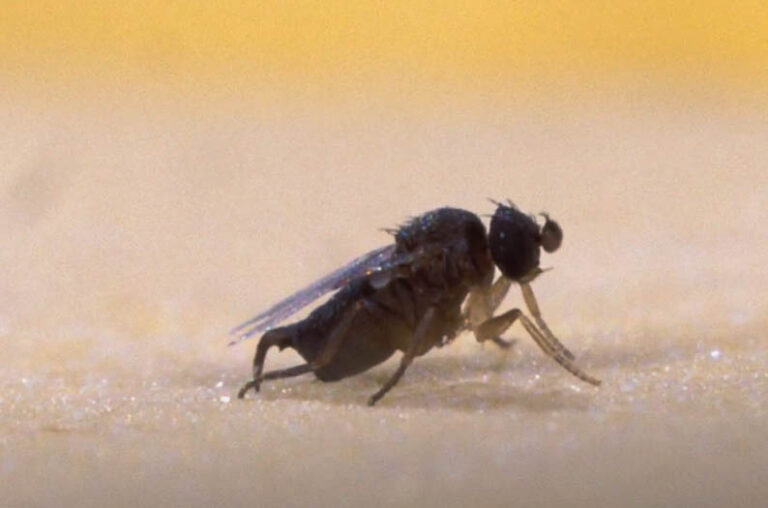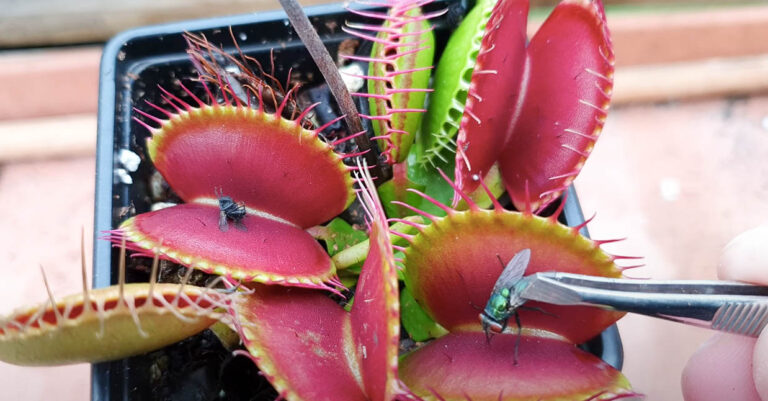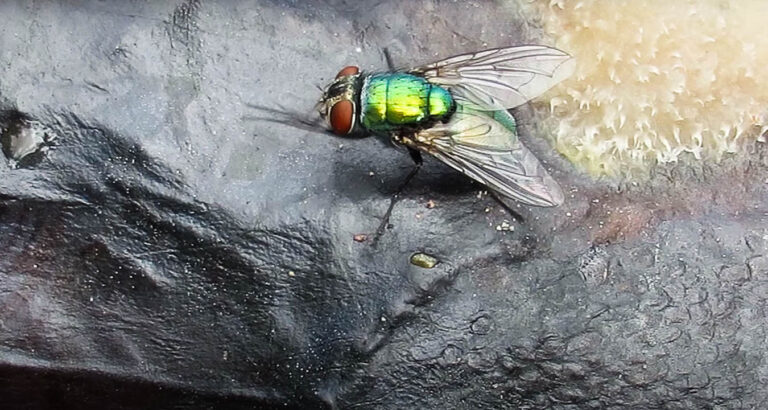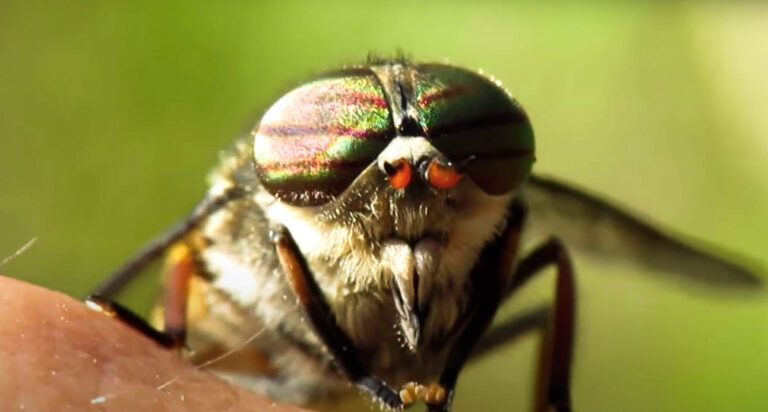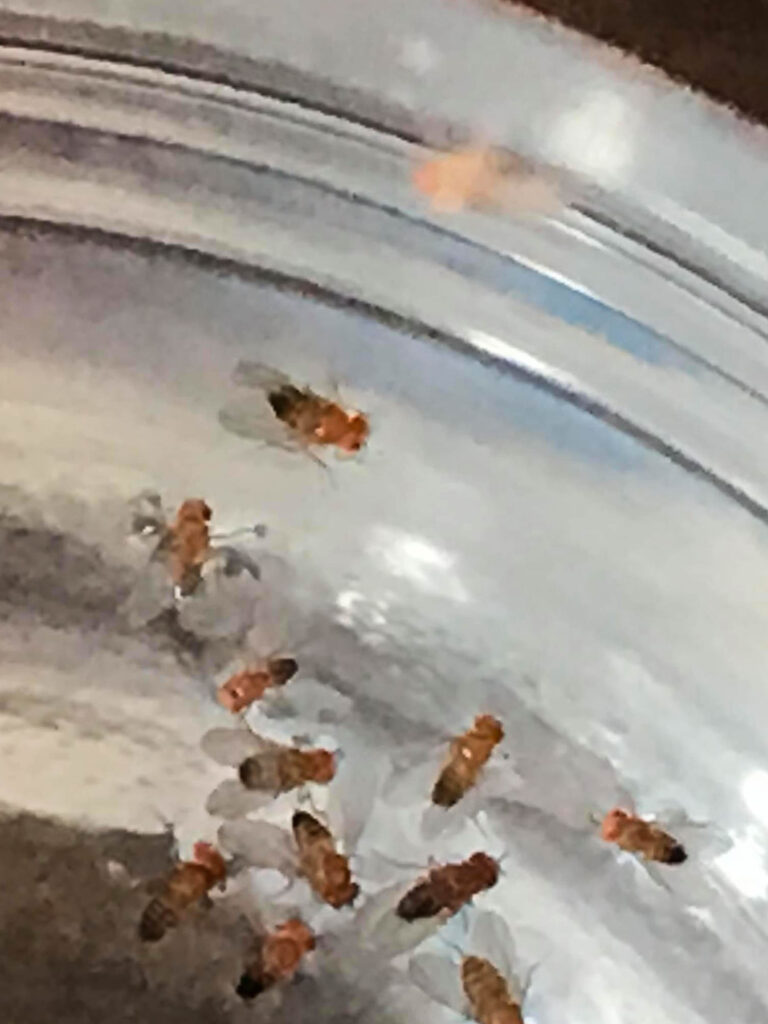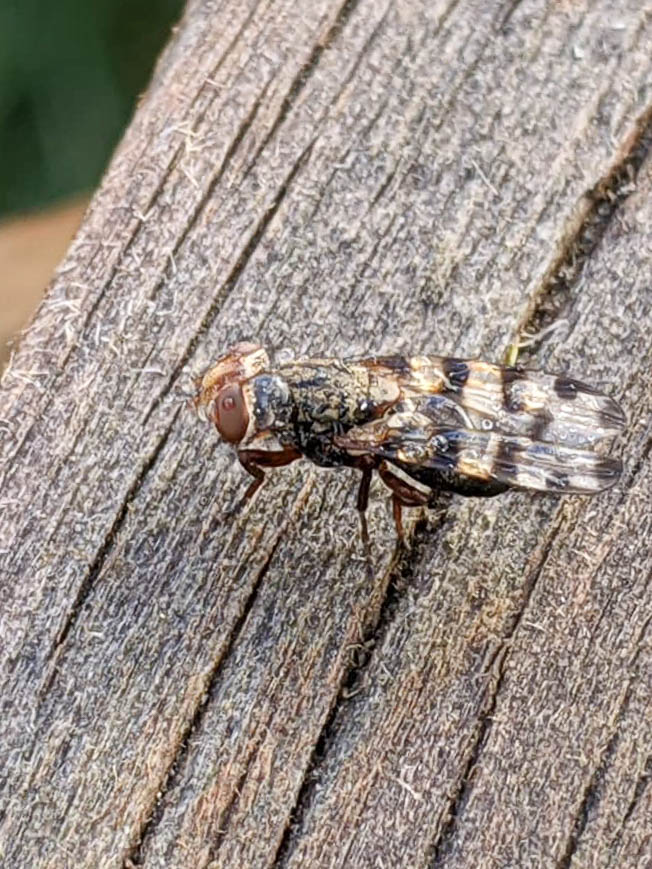About the Sand Fly
Sand, it’s everywhere. So are flies. Flies are one of those insects that can exist almost anywhere as long as they have food and a place to pupate when the weather turns rough. Thanks to their short life spans, flies of all sorts can pose a problem just about anywhere on the globe. Just like sand, sand flies are a pest that can prove tricky to deal with.
Appearance
The term sand fly is a catch-all for any species of blood-sucking fly that likes to live in the sand. Generally, these flies are pretty small, much smaller than houseflies. Usually around three millimeters in length –as noted, small- they tend to be a golden or light brown color. They tend to resemble mosquitoes in appearance, though as noted they are smaller. Instead of biting, they use a proboscis to consume blood, again like mosquitoes. They have long legs, too, which help them look bigger than they actually are.
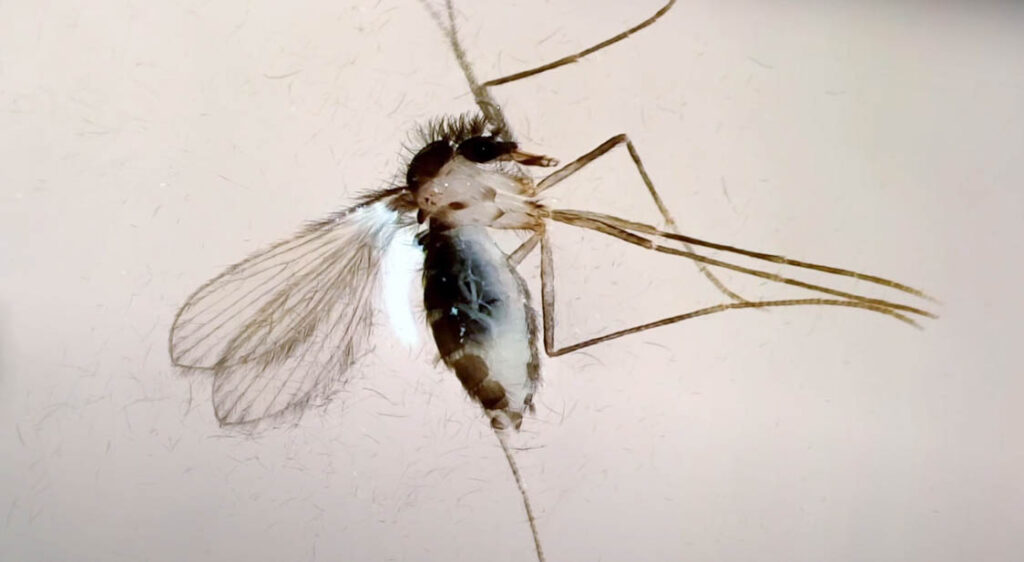
Behavior
Like most blood-feeding insects, the females need to consume blood to obtain protein to make eggs. The males do not feed on blood, content to eat honeydew and nectar, which the females do as well when not making eggs. Since they live amongst the sand, their prey is varied and depends on what lives in the region. Mammals and reptiles are both targets, and they will feed on people if given the chance. Though they are called sand flies, the life of these little insects revolves around the sand, the land between the sand and dirt where it is moist, and the dryer land beyond. The adults stick around the sand to find blood, or rather the females do. The larva eats and grow so that they can pupate into adults.
Life cycle
Sand flies can live pretty long for a fly. From egg to adult to death can take as long as three months. There are a lot of different species that are considered sand flies, so there are of course differences from fly species to fly species. Generally, though, females like to lay thirty to seventy eggs in little clusters in moist areas away from the sand. The eggs are laid in a moist area, and, once hatched, is usually only larva for a couple of weeks. the transition from larva to pupa can depend on cold weather, as sand flies don’t mind pupating through the winter. Before pupating, the larva seeks a dry place to metamorphose. Once they’re adults, they go about their business.
Habitat
Sand flies, naturally, can be found across the globe as long as there is sand. As bloodsuckers, the females will seek out nearby animals to gain blood. Their bite is known to be pretty painful for people, which makes detecting them easy if nothing else. As sand flies are small, actually finding them can be a problem. Since they are a biting fly seeking blood, sand flies have the potential to carry disease.
Sand flies are difficult to remove because of their reliance on the sand to survive. If there is sand, the sand flies will stick around as long as they can feed and breed. However, as noted before, sand flies are very similar to mosquitoes in appearance. This is useful because mosquito pest control is effective in dealing with sand flies. Since you can’t get rid of the beach or the animals around that beach, having proper pest control is always a valuable option.
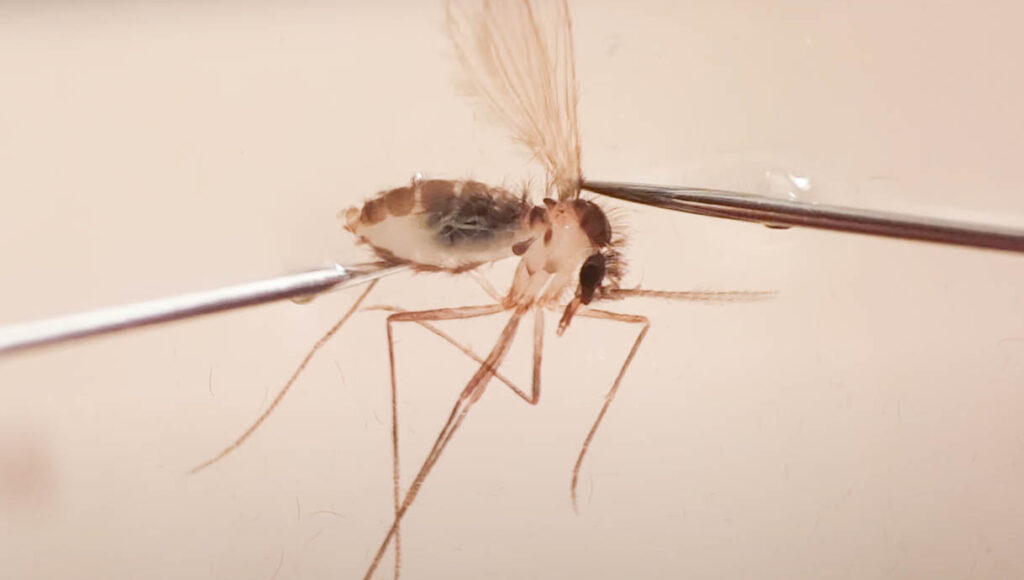
Since they live in the sand these flies are generally not a problem for farmers and ranchers. They will attack people if given the chance, and those bites can carry diseases. These diseases can be serious and are infamous for their spread from sand flies. This means that the presence of sand flies needs to be taken seriously and the flies dealt with quickly to prevent the possible spread of such diseases. A wide array of species with varied life spans, sand flies live amongst the sand and feed on blood.

